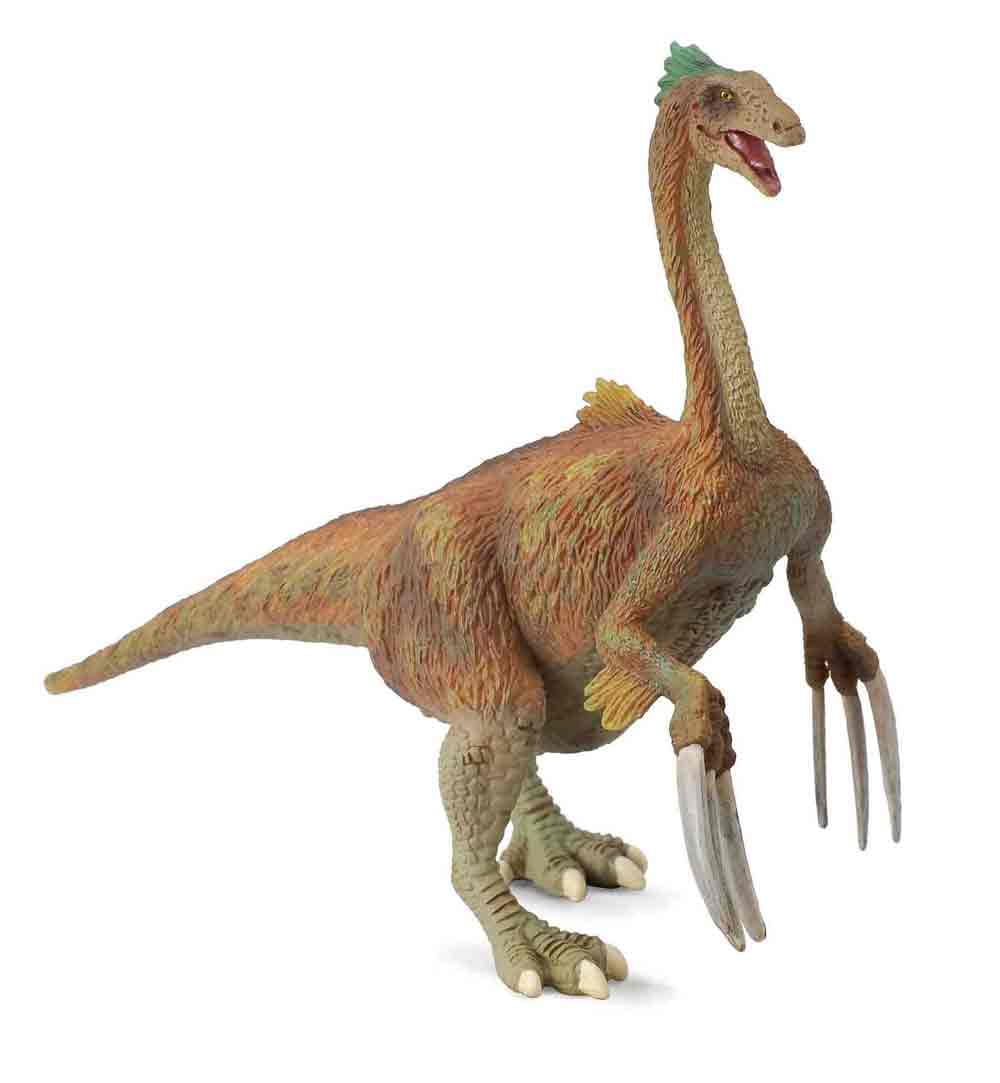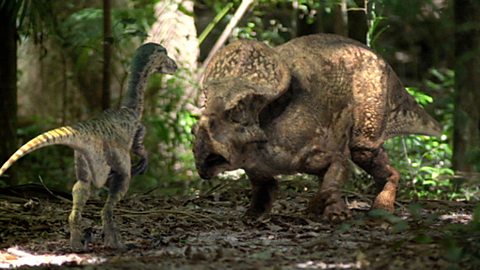

bataar was probably a slightly older species than the T. However, the two carnivores have skeletal differences (especially in their skulls) that imply that they had slightly different hunting strategies, and also T. Tiny limbs at the front (even smaller than Tyrannosaurus) helped balance that massive head with a huge skull and massive teeth that evolved to make devastating bites into prey and pull out chunks of flesh. bataar were the biggest land predators of their time.

:max_bytes(150000):strip_icc()/Therizinosaurus-5c7e9fd5c9e77c000136a804.png)
The top predators of Mongolia in the end of the Cretaceous period, T. In fact, some scientists think it belongs in the genus Tyrannosaurus, being instead Tyrannosaurus bataar, not Tarbosaurus bataar. It lived in inner Asia (Mongolia and the neighboring countries like China) and belonged to the tyrannosaurid branch of the Theropod family: i.e., it was an Asian cousin of Tyrannosaurus rex, Albertosaurus and Gorgosaurus. It was a large predator, up to 12 m (33–40 ft.) in length and weighed up to 7 tonnes. 2.3 Walking with Dinosaurs: Inside Their World.


 0 kommentar(er)
0 kommentar(er)
